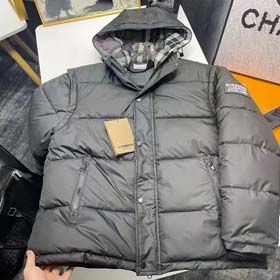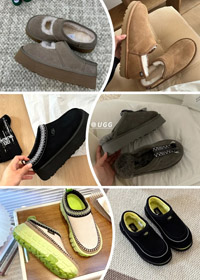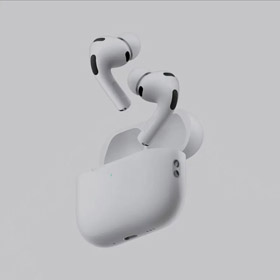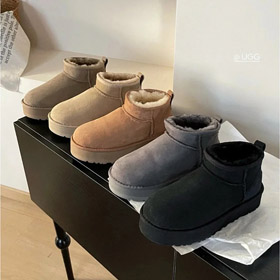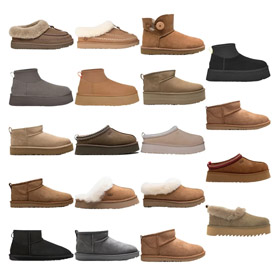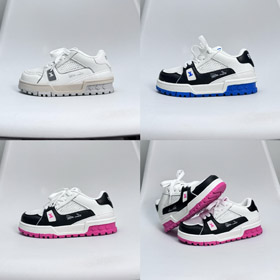From Humble Beginnings to Global Fame
Founded in 1856 by 21-year-old Thomas Burberry, the Burberry
In 1879, Burberry invented gabardine, a revolutionary breathable yet waterproof fabric. This innovation came from Thomas Burberry's observation that existing raincoats were uncomfortable and stifling. The new fabric, created through an innovative process where wool yarn was waterproofed before weaving, became the foundation for the brand's signature trench coat.
The Heritage Pattern and Royal Recognition
The iconic Burberry check pattern was introduced in the 1920s as a lining for coats. Originally called the "Haymarket Check," this distinctive camel, black, white, and red plaid design soon became a status symbol worldwide. The pattern's popularity grew so immense that by the 1960s it became associated with British fashion identity.
Royal warrants from both Queen Elizabeth II and Prince Charles further cemented Burberry's position in luxury fashion. The brand became the official outfitter for British explorers
More details about current Burberry product lines can be found in this detailed product spreadsheet
Challenges and Modern Resurgence
Despite its distinguished heritage, Burberry faced struggles in the late 20th century as the trademark check became overexposed and associated with counterfeits. A major rebranding initiative in the 2000s under creative director Christopher Bailey
Recent collections under current designer Riccardo Tisci














